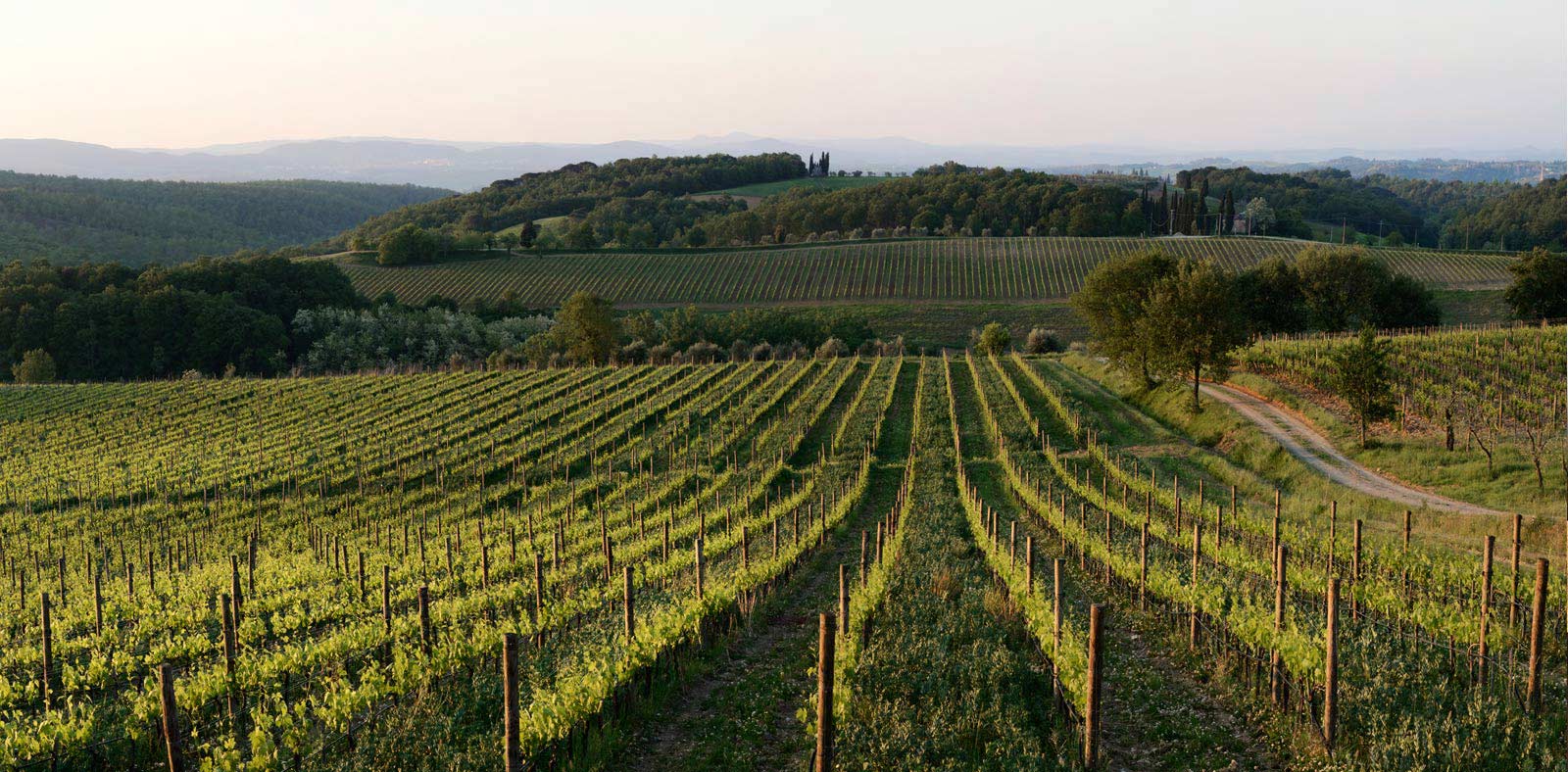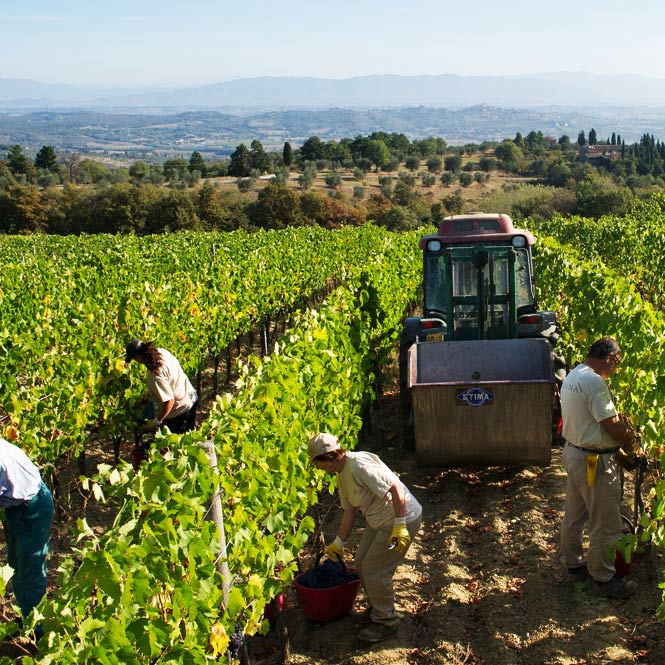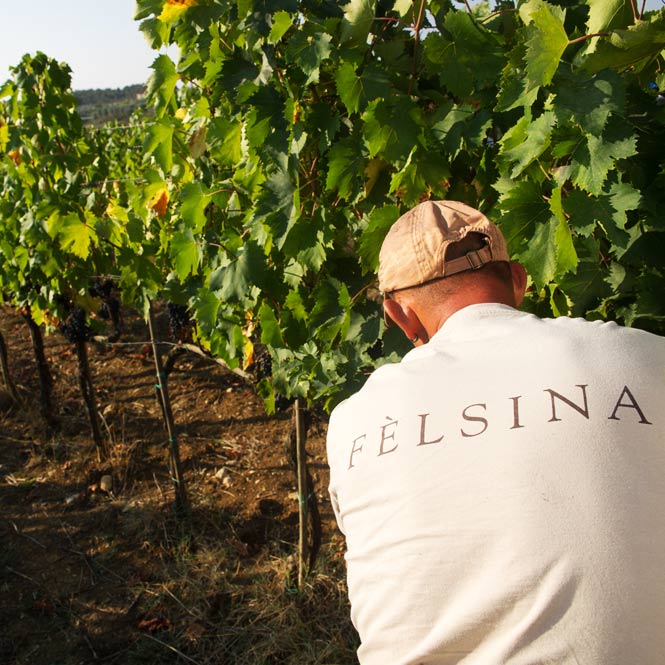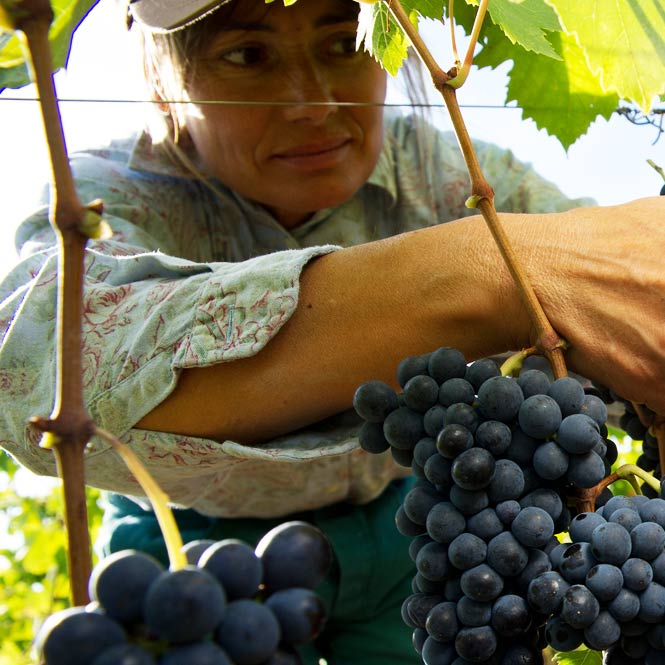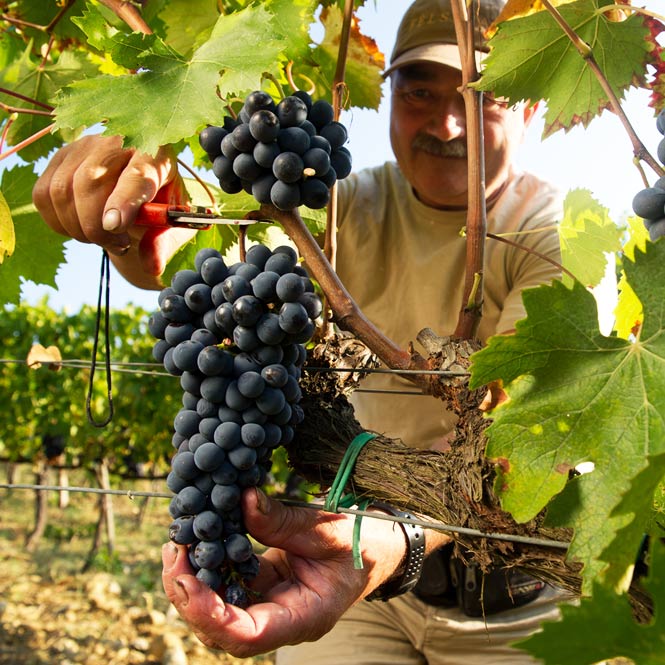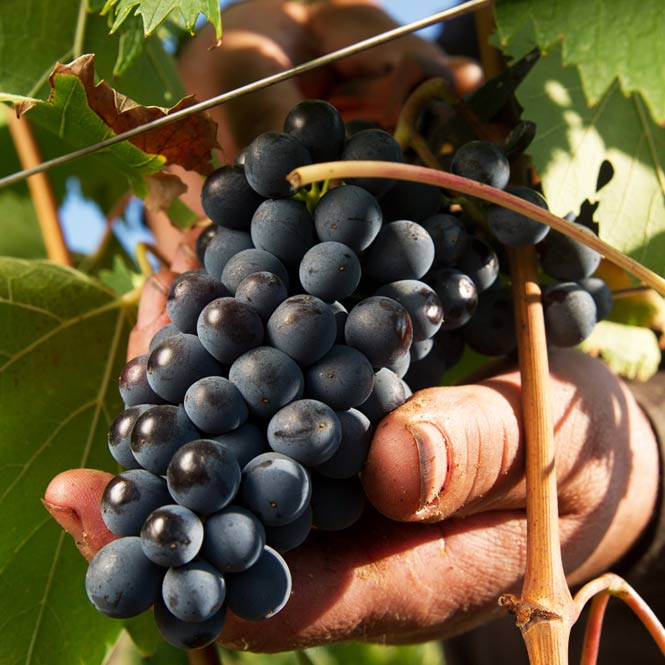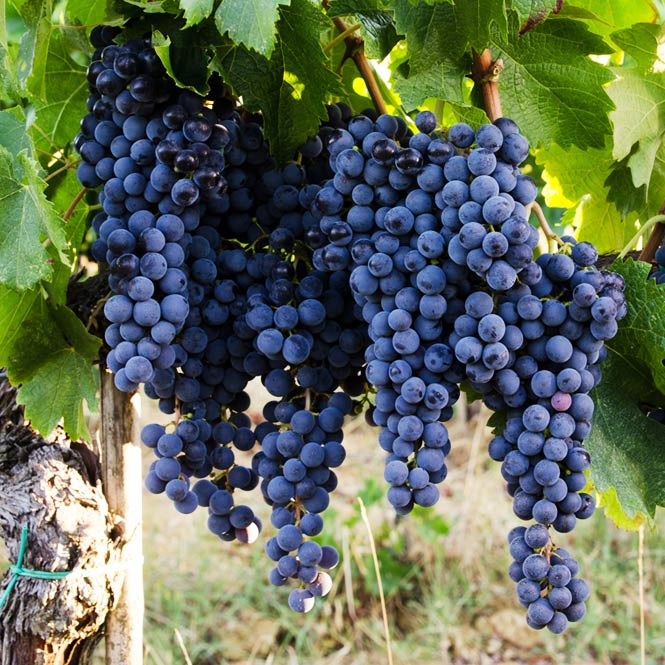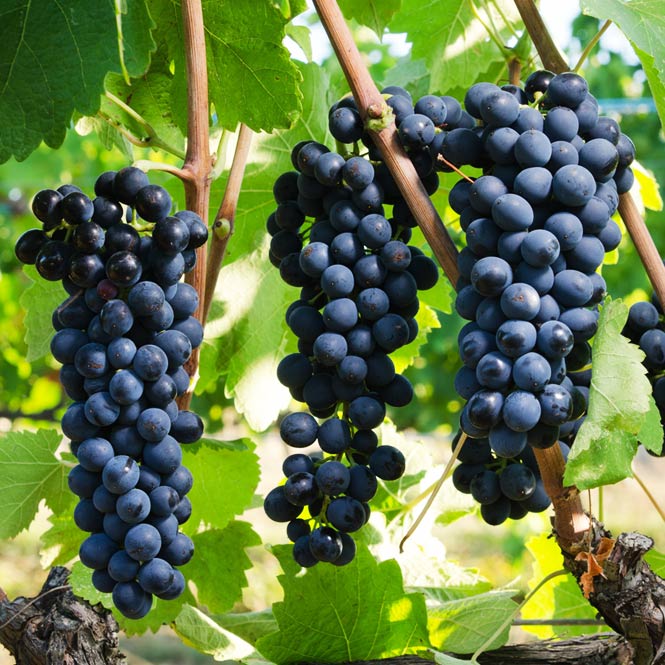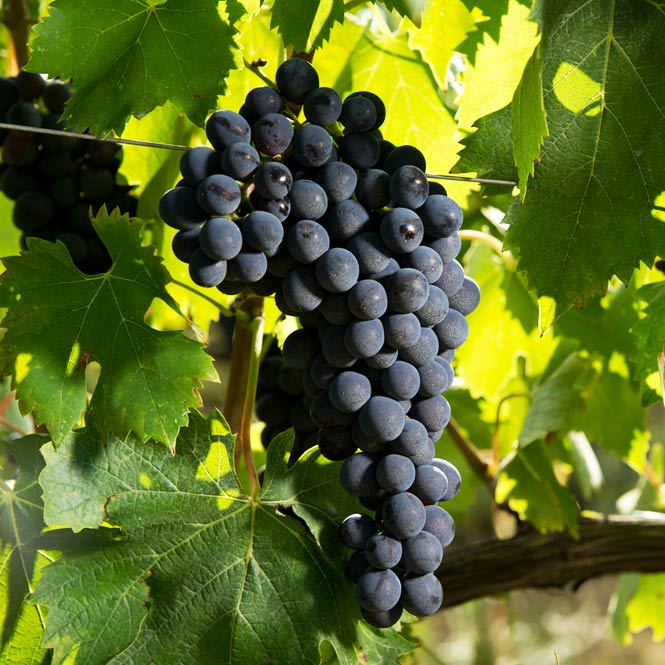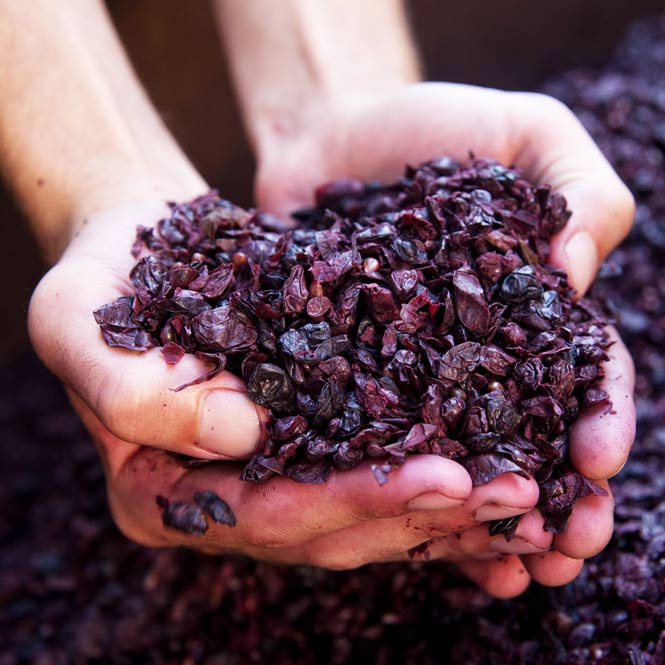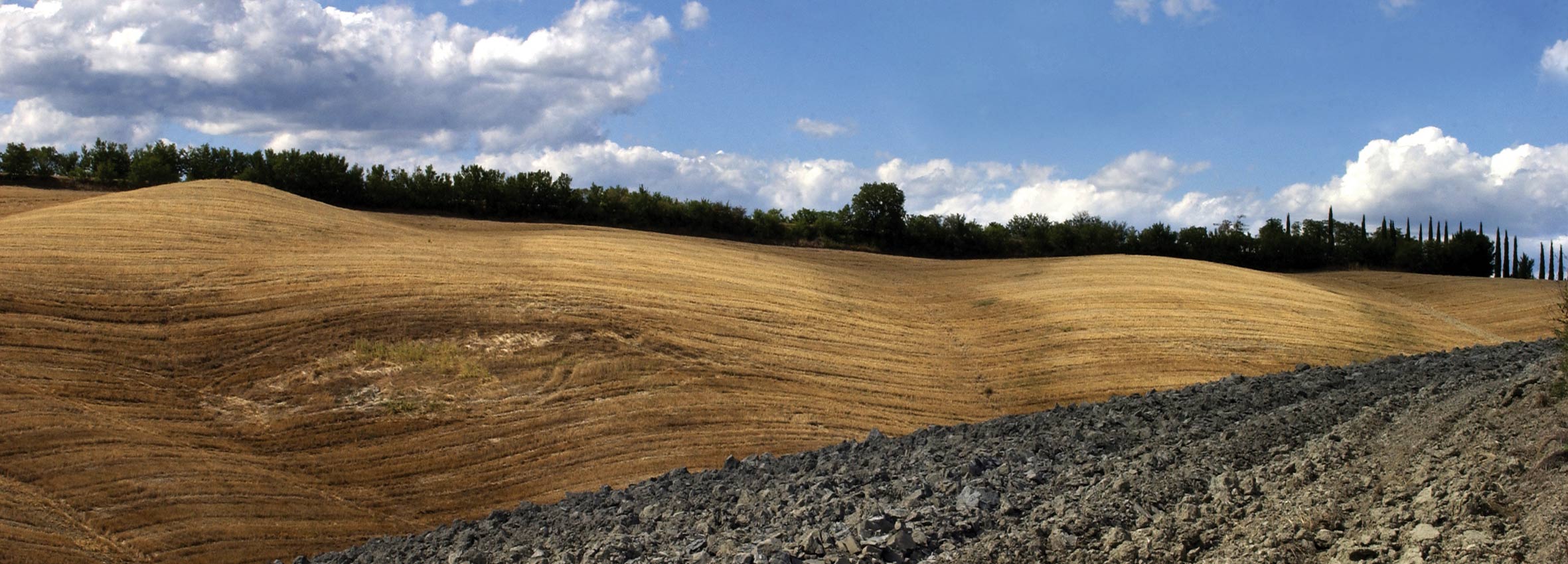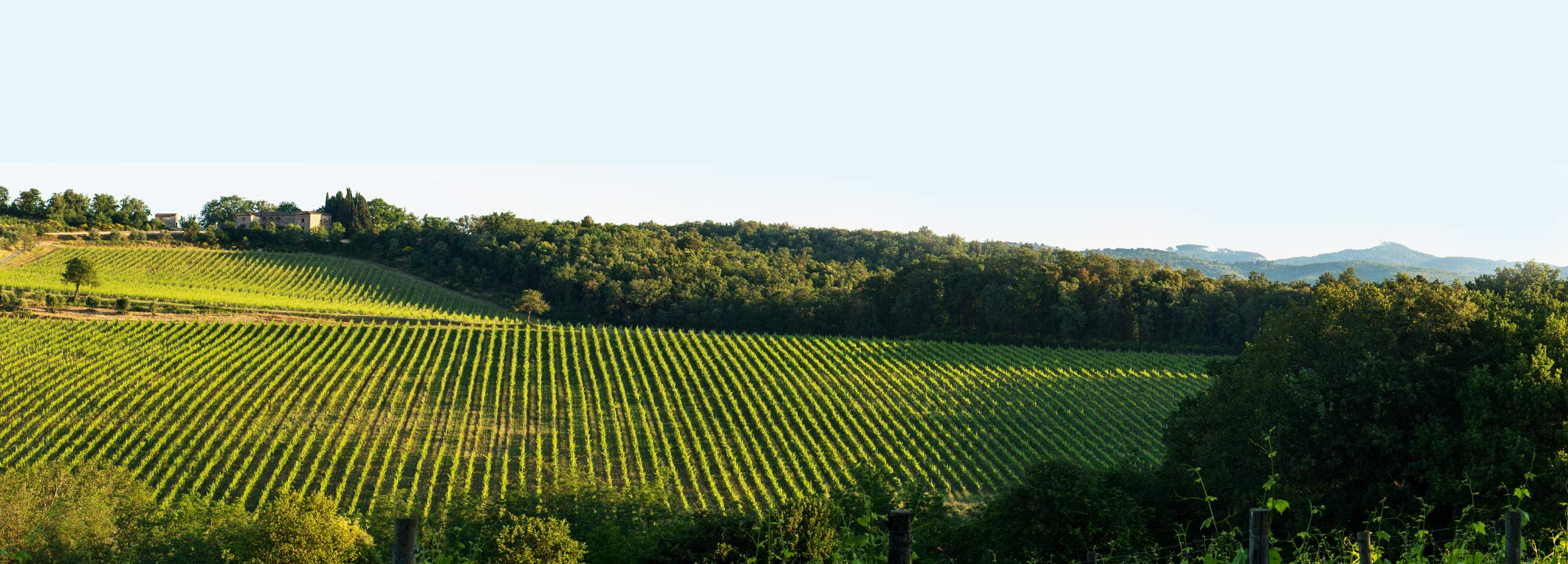As soon as you set foot in this countryside, you feel its hospitality, along with a moral responsibility to the environment. The Romans also recognized it as a place blessed by nature, transforming Fèlsina into a post station, and a place to rest, refresh oneself and meet others along an important road. Still, the spirit remains the same: a place to meet others and take refreshment, then as it is today.
Once the farm of the Grand Dukes of Tuscany, Fèlsina was mostly olive groves, with just a few hectares dedicated to viticulture. The original wine cellar was small, but in early 1900 had already begun bottling, under the direction of a noble Florentine family Busatti, who gave the current eighteenth-century appearance to the villa, the church and other buildings of the court.
Here one’s gaze can roam freely over the hills as far as Monte Amiata, imposing and majestic above the horizon, and wander towards Montalcino and the Maremma, as far as the sea.





